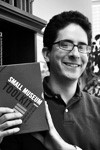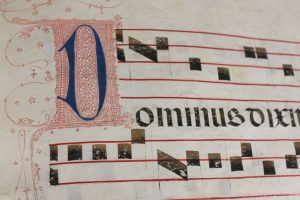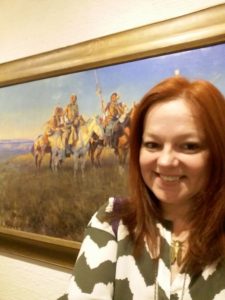by Alli Smith
 Scott Wands is an advocate. He advocates for humanities programming at institutions across Connecticut. He advocates for building strong relationships with and within in the community. He advocates for rolling with the punches. In fact, he just …
Scott Wands is an advocate. He advocates for humanities programming at institutions across Connecticut. He advocates for building strong relationships with and within in the community. He advocates for rolling with the punches. In fact, he just …


